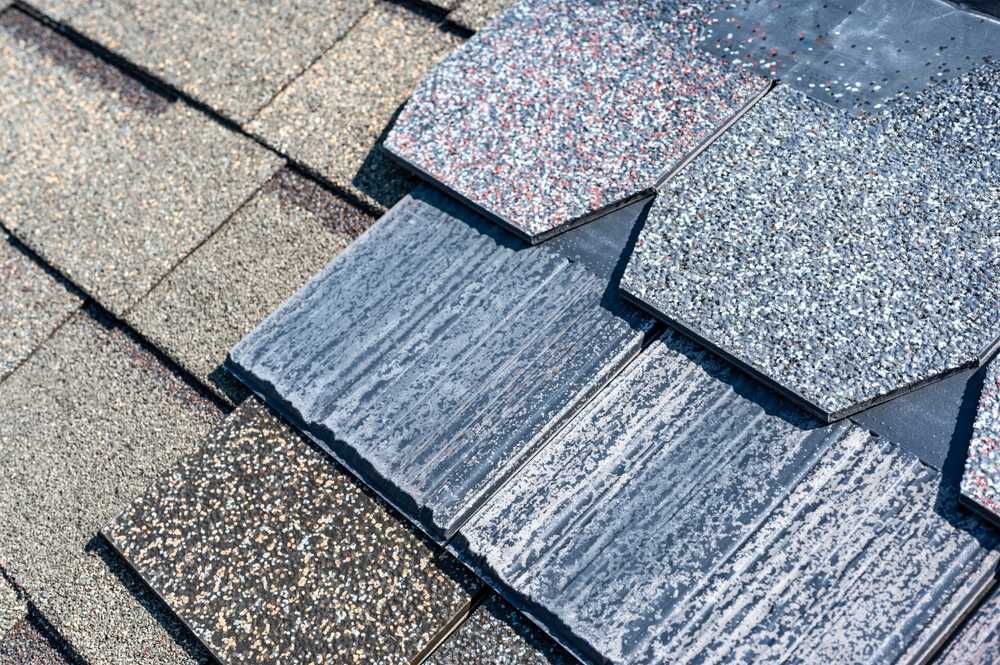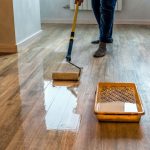When selecting the ideal roofing material for your home, a variety of factors come into play, such as cost, appearance, longevity, and maintenance. Homeowners increasingly prioritize materials that not only enhance the aesthetic appeal of their homes but also require little upkeep while offering lasting durability. The roof is a critical component of any structure, protecting it from the elements and contributing significantly to its overall energy efficiency. Understanding the benefits and drawbacks of various roofing materials empowers homeowners to make informed decisions that align with their specific needs and preferences.
Asphalt Shingles
Asphalt shingles remain a popular choice for residential roofing due to their affordability and ease of installation. They are composed of a base mat of fiberglass or organic material, coated with asphalt and granules. One of the primary advantages of asphalt shingles is their wide range of styles and colors, allowing homeowners to customize the appearance of their roofs.
Pros:
- Cost-effective
- Versatile in design
- Easy to replace or repair
- Good fire resistance
Cons:
- Moderate lifespan, usually 15-30 years
- Susceptible to damage from extreme weather
- May require more frequent maintenance
Although asphalt shingles may not be the most durable option available, their low cost and simplicity may appeal to homeowners looking for an economical roofing solution.
Metal Roofing
Metal roofs have gained traction in the roofing industry due to their exceptional durability, energy efficiency, and low maintenance requirements. Available in various metals such as aluminum, steel, copper, and zinc, metal roofing provides a sleek, modern aesthetic and can mimic the look of other materials like shingles, tiles, and shakes.
Pros:
- Long lifespan, often lasting 40-70 years
- High wind and fire resistance
- Reflects sunlight, reducing energy costs
- Environmentally friendly (recyclable materials)
Cons:
- Higher initial cost compared to asphalt shingles
- Can be noisier during rain or hail without proper insulation
- Potential for denting with heavy impact
For those willing to invest in a roof capable of withstanding harsh conditions while offering an extended lifespan, metal roofing remains a wise choice.
Clay and Concrete Tiles
Clay and concrete tiles are renowned for their classic Mediterranean and Southwestern appearances, making them highly desirable for specific architectural styles. Both materials boast impressive longevity and strength, providing homeowners with a low-maintenance and durable roofing option.
Pros:
- Incredibly long lifespan, often over 50 years
- Resistant to fire, rot, and insects
- Excellent thermal properties, aiding energy efficiency
- Distinctive and appealing appearance
Cons:
- Heavy, requiring additional structural support
- Higher initial installation cost
- Can crack or break if walked on improperly
Clay and concrete tiles are ideal for homeowners seeking a durable and distinctive roofing material that requires minimal maintenance over decades of service.
Slate Roofing
As one of the most durable roofing options available, slate offers unparalleled longevity and a timeless, elegant appearance. Made from natural stone, slate tiles are naturally fire-resistant, environmentally friendly, and require little maintenance once installed.
Pros:
- Extremely long lifespan, often lasting over 100 years
- High resistance to fire, weather, and decay
- Environmentally sustainable natural material
- Distinctive and classic aesthetic
Cons:
- Very heavy, necessitating strong structural support
- Among the most expensive roofing materials
- Requires skilled installation and repair
While slate roofing incurs some of the highest upfront costs, its durability and minimal maintenance needs make it a compelling choice for those looking for a long-term solution.
Wood Shakes and Shingles
Wood shakes and shingles offer a natural, rustic appearance that appeals to many homeowners. Typically crafted from cedar, redwood, or pine, these roofing materials are visually appealing and offer decent insulation properties.
Pros:
- Aesthetic appeal, enhancing curb appeal
- Moderate life expectancy, around 20-40 years
- Good insulation and energy efficiency
Cons:
- Requires regular maintenance to prevent decay and insect damage
- Not fire-resistant unless treated
- Can be prone to mold and splitting in wet climates
While wood shakes and shingles require more maintenance than other materials, their unique aesthetic qualities make them an attractive option for certain homeowners.
Synthetic Roofing Materials
As advancements in technology continue to evolve, synthetic roofing materials such as rubber, polymer-based composites, and plastic have started gaining popularity. These materials are designed to mimic the appearance of traditional roofing types like slate and wood, offering similar aesthetics without some of the drawbacks.
Pros:
- Durable and lightweight, reducing structural strain
- Resistant to impact and harsh weather conditions
- Often more affordable than natural counterparts
Cons:
- May not offer the same lifespan as traditional options
- Can be susceptible to UV damage depending on material
- Appearance may not perfectly replicate natural products
Synthetic roofing materials are excellent choices for homeowners seeking the look of natural materials with improved durability and less weight.
Green Roofs
Increasingly popular in urban areas, green roofs are a unique option for those looking to contribute to environmental sustainability while benefiting from natural insulation properties. Green roofs are essentially layers of vegetation planted over waterproof membranes.
Pros:
- Improves energy efficiency by providing natural insulation
- Reduces stormwater runoff
- Enhances air quality and supports biodiversity
- Unique and attractive appearance
Cons:
- Requires a structural support capable of bearing extra weight
- Higher maintenance involving gardening tasks
- Initial setup may be costly
Green roofs are a distinct and environmentally conscious choice, though they require a commitment to ongoing maintenance and investment in suitable structural support.
Selecting the right roofing material involves balancing various factors, including cost, longevity, aesthetics, and maintenance requirements. It is important to evaluate your specific needs and preferences, as well as the architectural style of your home and local climate conditions, when choosing a roofing material. Whether your priority is the longevity of slate, the affordability of asphalt, or the sustainability of a green roof, understanding the pros and cons of each option will help you make an informed decision that enhances both the value and longevity of your home.



